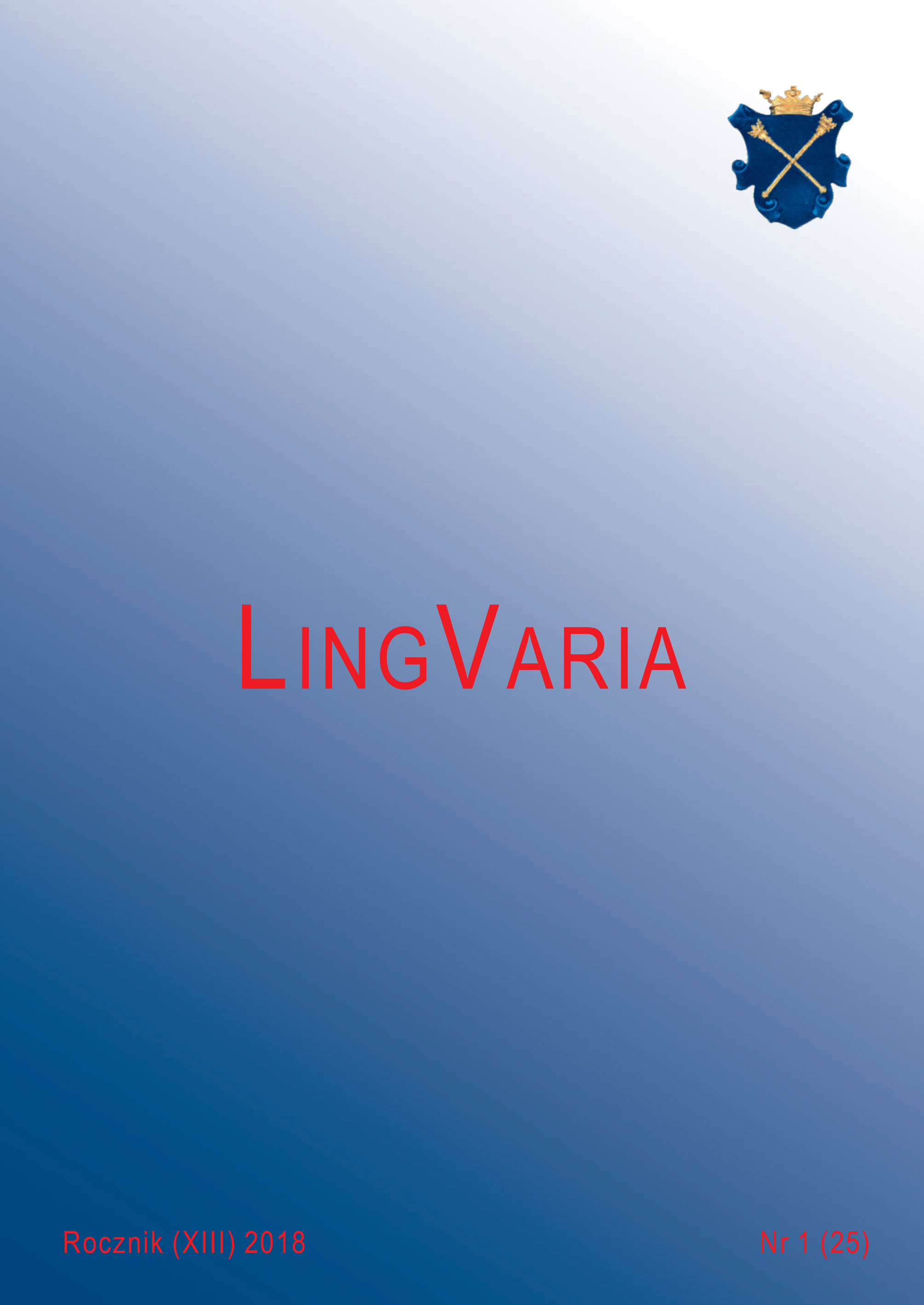O „cudownych formacjach”, czyli rzecz o językach kreolskich
DOI:
https://doi.org/10.12797/LV.13.2017.25.02Słowa kluczowe:
socjolingwistyka, kontakt językowy, język kreolski, pidżynAbstrakt
What Shall be Understood under Creole Language?
Creole languages are being formed as a result of language contact in multicultural and multilingual societies. Why is it that some circumstances are advantageous for their formation while others do not positively influence their formation? Which circumstances are crucial in order for a creole language to be formed? What does the entire process look like? Is the formation of a creole language a universal phenomenon or does it depend on the era and the place? Which creole languages are the most common in the world? Where do they come from? Do they have any characteristic features? These are the key questions that this paper attempts to answer.
Pobrania
Bibliografia
Baudet M., 1981, Identifying the African Grammatical Base of the Caribbean Creoles: A Typological Approach, [w:] A. Highfield, A. Valdman (red.), Historicity and Variation in Creole Studies, Ann Arbor, s. 104-117.
Bickerton D., 1981, The Roots of Language, Ann Arbor.
Bickerton D., 1984, The Language Bioprogram Hypothesis, „Behavioural and Brain Sciences” t. 7, nr 2, s. 173–221, [on-line:] http://dx.doi.org/10.1017/S0140525X00044149.
Bickerton D., 1988, Creole Languages and the Bioprogram, [w:] F. Newmeyer (red.), Linguistic.
The Cambridge Survey, t. II: Linguistic Theory. Extensions and Implications, Cambridge, s. 268–284.
Carvalho J.G., 1969, Sobre a natureza dos crioulos e a sua significação para a linguistica geral, [w:] idem (red.), Estudos Linguisticos, t. II, Coimbra, s. 49–73.
Chaudenson R., 1992, Des îles, des hommes, des langues. Essai sur la créolisation linguistique et culturelle, Paris.
Clements J.C., 1999, Evidência para a existência de um pidgin português asiático, [w:] D. Pereira (red.), Crioulos de base portuguesa, Lisboa, s. 185–201.
Couto H.H., 1996, Introdução ao estudo das línguas crioulas e pidgins, Brasília.
Granda G., 1978, Estudios lingüísticos hispánicos, afrohispánicos y criollos, Madrid.
Hall R. Jr., 1962, The Live Cycle of Pidgin Languages, „Lingua” 11, s. 151–156, [on-line:] https://doi.org/10.1016/0024-3841(62)90021-9.
Hall R. Jr., 1966, Pidgin and Creole Languages, Ithaca.
Hlibowicka-Węglarz B., 2003, Język portugalski w świecie. Wczoraj i dziś, Lublin.
Hlibowicka-Węglarz B., 2013, Portugalskie języki kreolskie w Afryce, Lublin.
Hlibowicka-Węglarz B., 2017, Pidżyny i inne jezyki wehikularne, „LingVaria” nr 1 (23), s. 25–41, [on-line:] http://dx.doi.org/10.12797/LV.12.2017.23.02.
Kihm A., 1980, Aspects d’une syntaxe historique. Études sur créole portugais de Guiné-Bissau, Paris.
Kihm A., 1987, Les créoles portugais, „Bulletin des Études Portugaises et Brésiliennes” 46–47, s. 61–87.
Koopman H., 1986, The Genesis of Haitian, [w:] P. Muysken, N. Smith (red.), Substrata versus Universals in Creole Genesis. Papers from the Amsterdam Creole Workshop, April 1985, Amsterdam, s. 231-258.
Pereira D., 2006, Crioulos de base portuguesa, Lisboa.
Taylor D., 1956, Language Contacts in the West Indies, „Word” 12, nr 3, s. 391–414, [on-line:] https://doi.org/10.1080/00437956.1956.11659610.
Pobrania
Opublikowane
Numer
Dział
Licencja
Prawa autorskie (c) 2018 Barbara Hlibowicka-Węglarz

Utwór dostępny jest na licencji Creative Commons Uznanie autorstwa – Użycie niekomercyjne – Bez utworów zależnych 4.0 Międzynarodowe.






